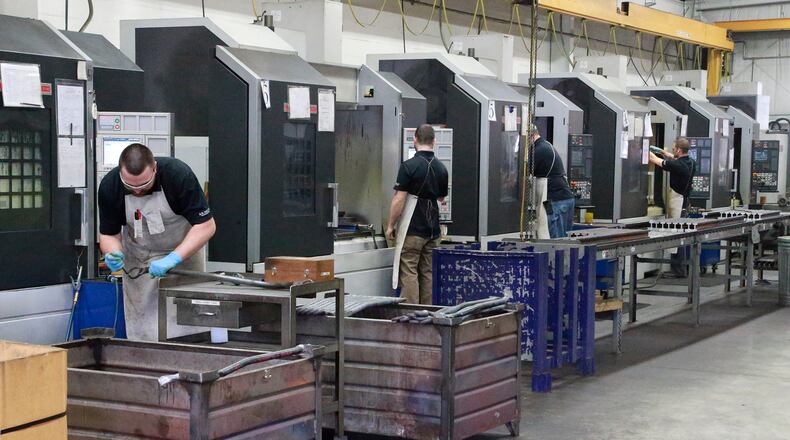The number of unemployed Ohioans has grown by 78,000 in the past year, up from 237,000, the state said. And the number of workers unemployed in Ohio last month was 315,000, down from 328,000 in November.
The economy has been strangled by the pandemic since mid-March. By comparison, the unemployment rate in December 2019, pre-COVID, was 4.1%.
Residents are generally counted as unemployed if they lack a job and are actively searching for a new job. If they give up the job search, they are no longer counted. So the decline in the unemployment rate was not a good thing, noted Rea S. Hederman Jr., executive director of the Economic Research Center at the conservative-leaning Buckeye Institute and vice president of policy.
“For the first time since the recession began, the number of Ohioans employed in the private sector fell by 6,500,” Hederman said. “Although this report only reflects one month, it follows other worrying signs, including an increase in initial unemployment claims and a decline in the national jobs numbers.”
The U.S. unemployment rate for December was 6.7%, unchanged from November, and up from 3.6% in December 2019.
Goods-producing industries, at 893,900 jobs, lost 900 jobs over the month as losses in manufacturing (a loss of 1,100 jobs) and construction (100 jobs lost) exceeded gains in mining and logging (300 jobs gained), the state said.
The private service-providing sector, at 3,618,700, was hit hard, losing 5,600 jobs, with big losses in leisure and hospitality (9,200 jobs lost), educational and health services (6,200 jobs lost), professional and business services (-1,000), and information (-200).
In that sector, there were some gains in trade, transportation, and utilities, with 8,600 jobs added, financial activities (+2,100), and other services (+300).
Government employment, at 729,100, fell by 5,000 jobs.
About the Author

